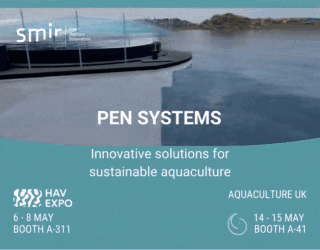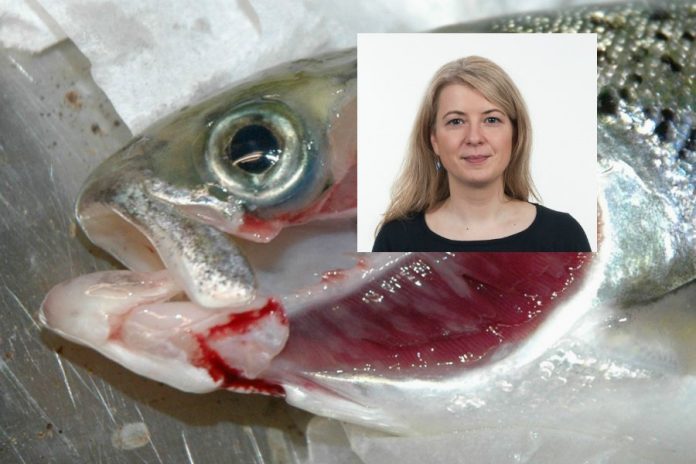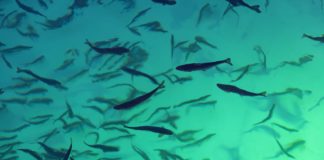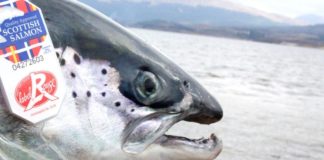The cleaning of tabularia from grow-out nets might be irritating fish gills, a researcher finds
“We see that the encounters with hydroids (a jellyfish-like creature) that have been rinsed off netting can lead to lowered gill health for up to a week. We think this might have affected fish health,” said Nina Bloecher, a scientist studying biosafety and the effects on fish health of treatments used on unwanted marine organisms.
Her postdoc project, STING — financed by the Norwegian Research Council — was published this year.
Bleeding gills
The hydroid in question is the colonizing Ectopleura larynx, also known as tabularia. It grows like a weed on rope and ship hulls (weighing them down). When it’s washed off of netting, it ends up suspended in the sea around the salmon.
“We have heard that fish-farmers see the salmon jumping around during net-cleaning or that their gills bleed during the wash. The suspicion is that this is a result of contact with hydroids,” the SINTEF researcher said.

“The damage we see to gills in the lab reveal that hydroids can in fact damage the fish, but we don’t know if this happens to the same degree in the field,” Bloecher said.
She’s still unsure of how serious the gill damage is, and to what degree it can be linked to amoebic gill disease, or AGD (a disease linked to amoeba in the fish).
“We see insidious damage to the gills of fish in nets. You see a lot of salmon without perfect gill health, and exposure to the waste caused by cleaning can contribute to this. Algae blooms might be another reason, but we believe that what’s found in the that waste might be one reason the fish do not have perfect gill health,” she explained.
To explain how salmon are affected, she drew parallels between the hydroids’ featherlike colonies and jellyfish, which cause similar injury.
“We find that jellyfish that swim into a pen create similar symptoms in the fish. The salmon suffer the same gill problems as with hydroids. We believe hydroids are the main problem with net-rinse residue.”
A known problem
Torolf Storsul, a veterinarian in Midt-Norsk Havbruk, told Salmon Business that

he’s aware of the problem but that he hasn’t made clear observations or studies.
“I have heard about it, yes, but to have certain numbers and something else to show, then you need to have individual controls before and after net cleanings. We haven’t done that,” he said.
“From what we now know, you don’t want to clean your grow-out the day before you handle the salmon,” he added.










